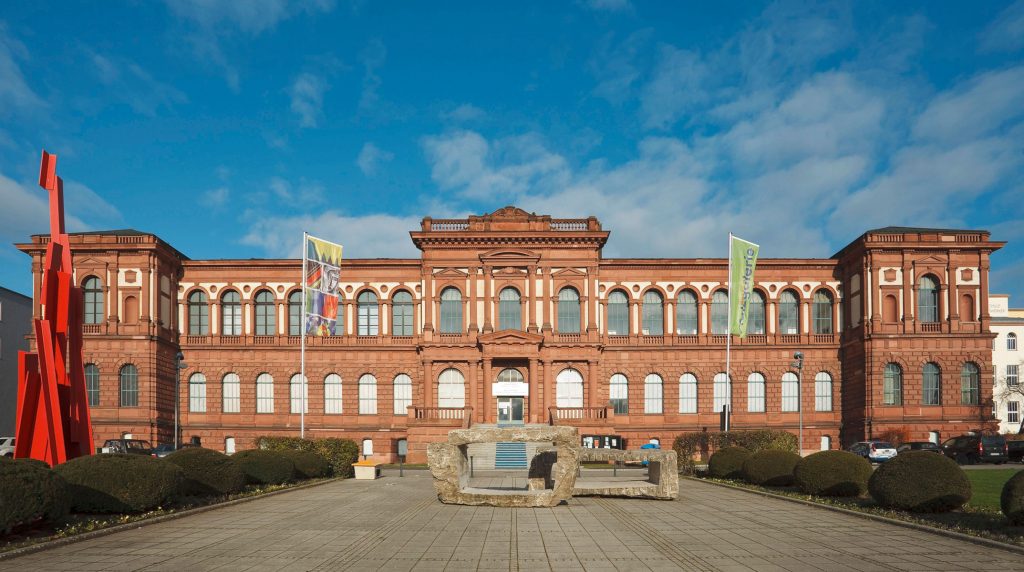Art World
Woman Accidentally Locked Inside a Museum in Germany
The art lover told police she had simply lost track of the time.

The art lover told police she had simply lost track of the time.

Alyssa Buffenstein

A woman in Kaiserslautern, Germany was accidentally locked into a museum on Friday, a result of finding herself totally engrossed in art.
After making her way out of the building—activating several emergency–alarmed doors along the way—she notified local police, telling them she had simply lost track of time inside the sprawling Pfalzgalerie in Southwestern Germany.
The art lover was apparently from out of town, the Westpfalz Police said in a statement, so perhaps she was trying to squeeze in all nine of the exhibitions that the museum currently has on view before the institution closed for the day at 5 p.m.
The Pfalzgalerie Kaiserslautern Museum, founded in 1874, holds around 900 paintings with a focus on those from the 19th century. It boasts notable works of German Impressionism, Expressionism, art after 1945, American art of the 20th and 21st centuries, as well as around 20,000 drawings, in addition to sculptures and design objects. It is currently building a collection of international contemporary art. The building’s façade alone measures 252 feet wide, so it’s not hard to imagine how one could get lost inside.
But surprisingly, the museum guards didn’t notice the lone art lover left behind. At least she didn’t have to break anything to find her way out; unlike one NFL player who found himself locked inside a museum last July. Louis Murphy, a football player for the Tampa Bay Buccaneers, fell asleep inside the Flagler Museum in Palm Beach, Florida, after attending the wedding of a teammate and taking a boozy snooze in its courtyard. When he woke up alone and locked in, he broke a glass door so he could access a telephone to call for help.